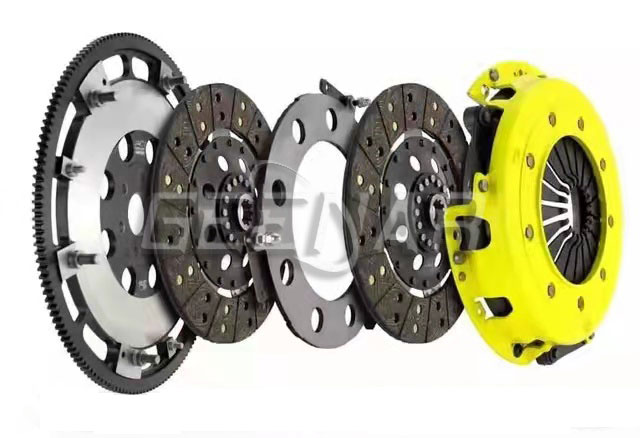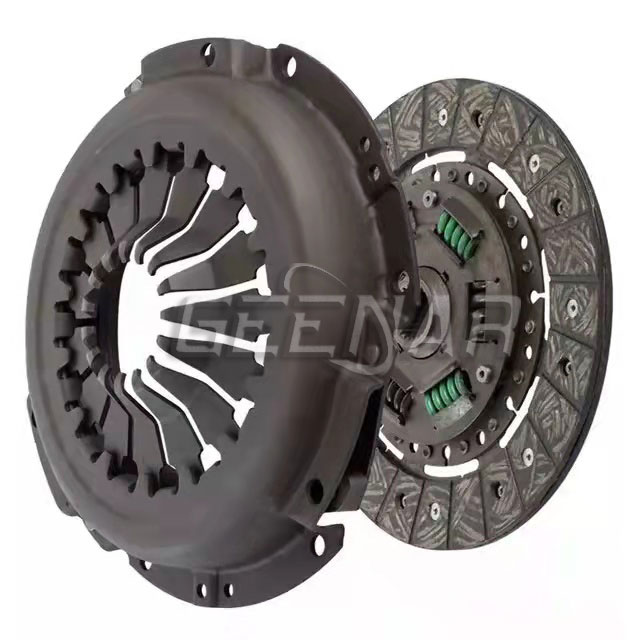How does the car clutch work-
Date:2021-09-29 Click:2254
Now more and more people are considering automatic cars. They don't want to keep stepping on the clutch on the congested road to and from work. In fact, cars have clutches, but they exist in different forms. Let's talk about car clutches this time.
The clutch is located in the flywheel housing between the engine and the transmission. The clutch assembly is fixed on the rear plane of the flywheel with screws. The output shaft of the clutch is the input shaft of the transmission.
During driving, the driver can press or release the clutch pedal as needed to temporarily separate and gradually engage the engine and the gearbox, so as to cut off or transmit the power input from the engine to the transmission.
Its function is to gradually connect the engine and transmission, so as to ensure the smooth start of the vehicle; Temporarily cut off the connection between the engine and the transmission to facilitate gear shifting and reduce the impact during gear shifting; When the vehicle is under emergency braking, it can play a separation role to prevent overload of transmission system such as transmission, so as to play a certain protective role.
The clutch is divided into three working states, i.e. non linkage when the clutch is pressed, full linkage when the clutch is not pressed, and semi linkage when the clutch is partially pressed.
When the vehicle starts, the driver presses the clutch, and the movement of the clutch pedal pulls the pressure plate back, that is, the pressure plate is separated from the friction plate. At this time, the pressure plate is not in contact with the flywheel, so there is no relative friction.
When the vehicle is running normally, the pressure plate is tightly pressed against the friction plate of the flywheel. At this time, the friction between the pressure plate and the friction plate is the largest, and the relative static friction is maintained between the input shaft and the output shaft, with the same speed.





